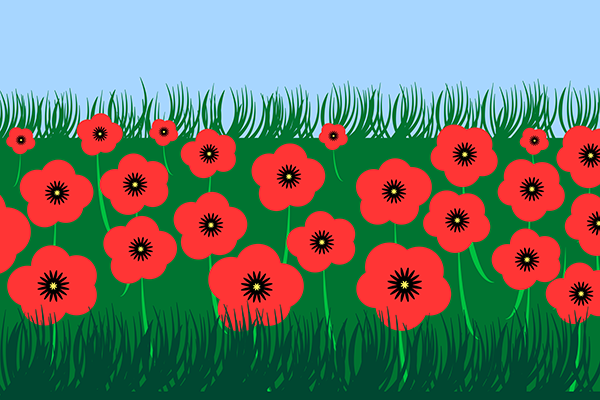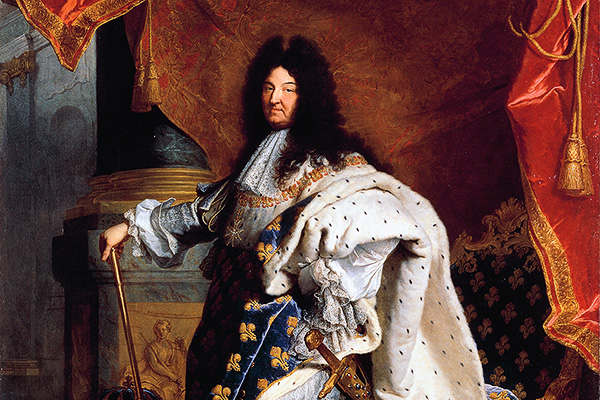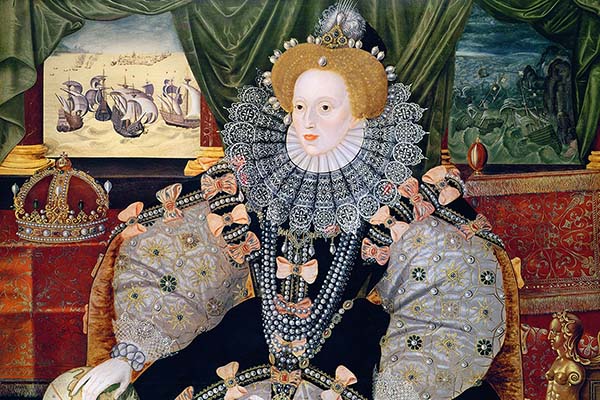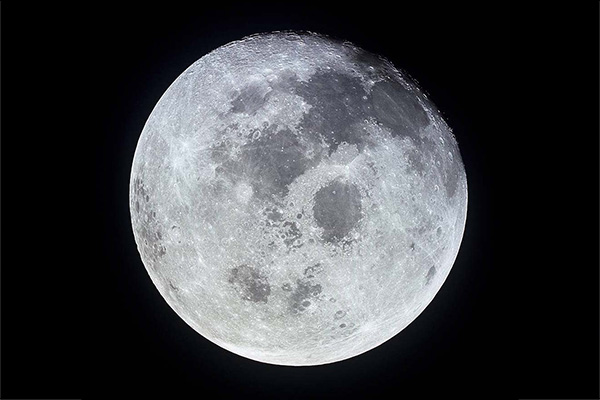
Zebras are native to Africa. and live across much of the Eastern and Southern parts of the continent.
Zebras usually live for around 25 years in the wild, and can live for up to 40 years in zoos.
Zebras are from the same family as horses and donkeys (genus Equus). There are three main species of zebra: Plains Zebra, Grevy's Zebra, and Mountain Zebra. The most common species is the Plains Zebra, which is made up of six subspecies (Burchell's Zebra, Grant's Zebra, Selous' Zebra, Maneless Zebra, Chapman's Zebra and Crawshay's Zebra), plus one extinct subspecies, known as Quagga. There are two subspecies of Mountain Zebra, the Cape Mountain Zebra and Hartmann's Mountain Zebra. Although they are in the same family as horses, they are usually smaller and do not neigh like a horse does. Instead, they make a high pitched barking kind of noise.
The only subspecies of zebra that can be farmed for food is Burchell's Zebra. Burchell's Zebra was named after the English naturalist explorer William John Burchell (1781 - 1863)
A zebra's stripe pattern is unique to each zebra, kind of like a human being's fingerprints. It is thought that this helps zebras to identify each other.
Zebras can run up to 35 miles per hour. They cannot run as fast as horses, but have greater stamina so are usually able to outrun predators.
Scientists believe that zebras have stripes for camouflage so they cannot be seen by predators in grass. You may wonder why they are black and white when grass is green but this is because their main predators (lions and hyenas) are colour-blind. The stripes also make it difficult to determine the outline of the body and can confuse predators.
A group of zebras is called a Dazzle or a Zeal. Well, their stripes are quite dazzling!
Zebras have good sight and hearing abilities. It is believed that they see in colour, and as their eyes are on the side of their head, they have a wider field of view than humans, so as well as being able to see what is in front of them, they can see what is at the side of them too. Their night vision isn't so great, but their hearing is good, and, like horses, they can turn their ears in any direction.
Zebras usually breed for the first time by the age of three and are usually pregnant for between twelve to fourteen months.















